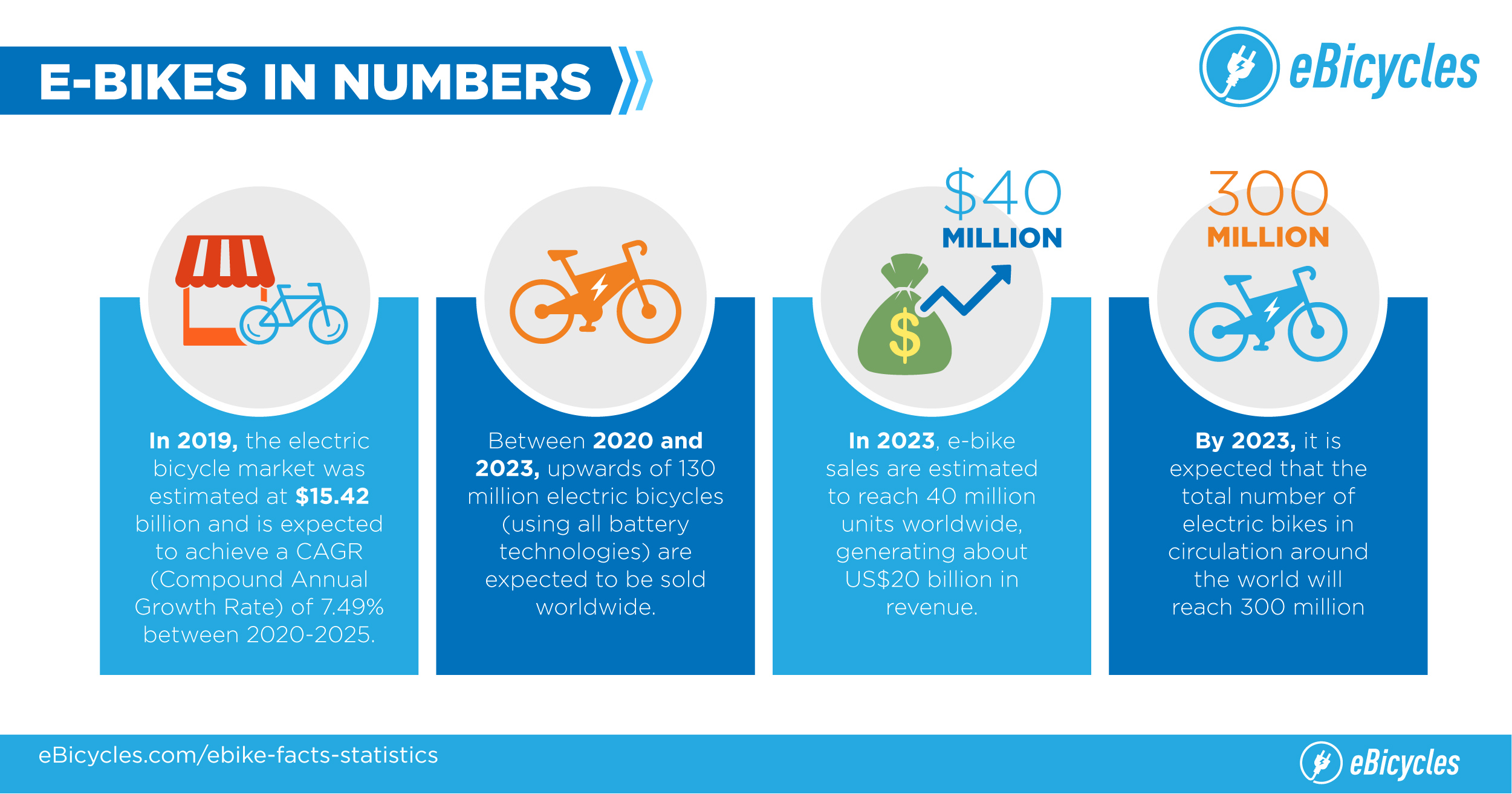An Understanding Into E-Bike Courses: Clearing Up The Relevance Of Each Kind
An Understanding Into E-Bike Courses: Clearing Up The Relevance Of Each Kind
Blog Article
Article By-Lohse Stanton
If you're thinking about acquiring an e-bike, recognizing the various classes is key in making an educated decision. You may be stunned at exactly how each class supplies distinct attributes that accommodate different riding preferences and legal requirements. From pedal-assist choices to throttle-controlled designs, each course has its benefits. So, before you pick the excellent e-bike for your needs, it's critical to realize the distinctions between Class 1, Course 2, and Course 3 e-bikes.
Course 1 E-Bikes
Course 1 E-Bikes are defined as pedal-assist electrical bikes that give assistance just when you pedal, ceasing to do so when you get to 20 miles per hour. These bikes are best for those looking for a little extra increase while still intending to get some exercise. Class 1 E-Bikes use a smooth change in between pedaling and electric aid, helping you overcome hillsides and long distances easily. mouse click the next page starts as quickly as you start pedaling, providing an all-natural and simple and easy ride experience.
One of the vital benefits of Class 1 E-Bikes is that they're permitted on most bike courses and trails where traditional bikes are allowed. This implies you can discover new courses and delight in the open airs with no restrictions.
In addition, these bikes are green and use a lasting mode of transport, lowering your carbon footprint while still getting you to your destination successfully.
Class 2 E-Bikes
Moving on from the pedal-assist dynamics of Course 1 E-Bikes, Class 2 E-Bikes introduce a new aspect right into the electrical bicycle world. These e-bikes include a twist throttle feature, allowing you to ride without pedaling in all. With this enhancement, you have the option to merely involve the throttle and allow the electric motor do the work, driving you ahead effortlessly.
Class 2 E-Bikes are suitable for bikers that may need a break from pedaling or need aid when beginning with a total quit. This function makes them especially appealing for people with restricted movement or those that want an even more leisurely riding experience.
Nevertheless, it is very important to note that Class 2 E-Bikes are still controlled by a speed limitation of 20 mph, ensuring security and compliance with policies.
Class 3 E-Bikes
For riders seeking a more dynamic electric cycling experience, Class 3 E-Bikes offer enhanced rate and performance contrasted to their Course 1 and Class 2 equivalents. Click On this website -Bikes are referred to as "rate pedelecs" and can get to rates of approximately 28 mph, giving a thrilling trip for those looking for an extra increase. These bikes come geared up with a pedal-assist system that starts when you begin pedaling, making it much easier to keep greater speeds with less effort.
One vital attribute of Class 3 E-Bikes is that they aren't limited to bike lanes only; they can also be utilized on roads where the rate limitation is 30 miles per hour or reduced. This versatility allows cyclists to browse via website traffic more effectively while still enjoying the advantages of electric help.
Nonetheless, it's necessary to remember that some locations may have particular policies regarding the use of Course 3 E-Bikes, so constantly examine regional legislations prior to hitting the trail.
Verdict
So, now that you understand the differences in between Class 1, 2, and 3 E-Bikes, you can make an educated decision on which kind best suits your requirements. Whether you like pedal-assist, throttle feature, or higher speeds, there is an E-Bike course available for you. Bear in mind to consider your regional regulations and personal choices before making your selection. https://marcocmvdm.blog2freedom.com/33046975/essential-advice-for-determining-the-very-best-e-bike-that-meets-your-certain-demands riding!
